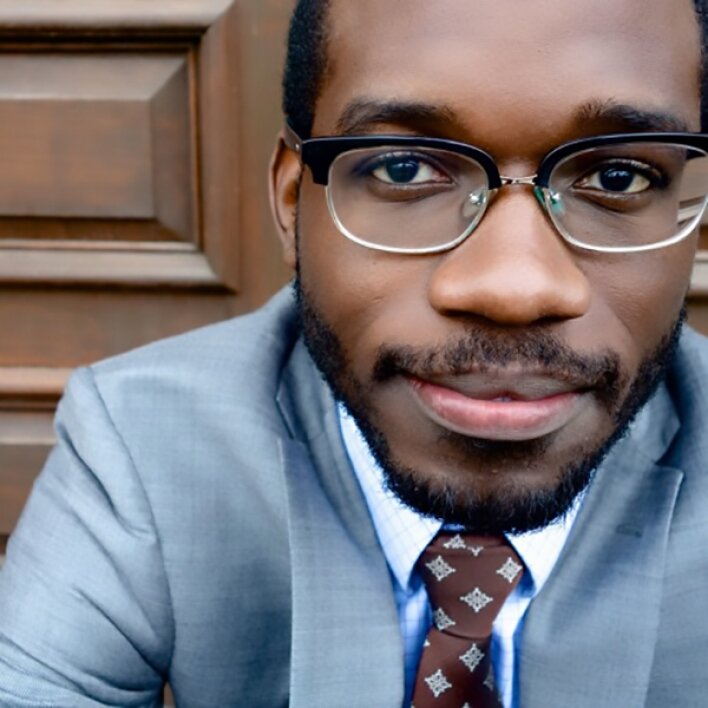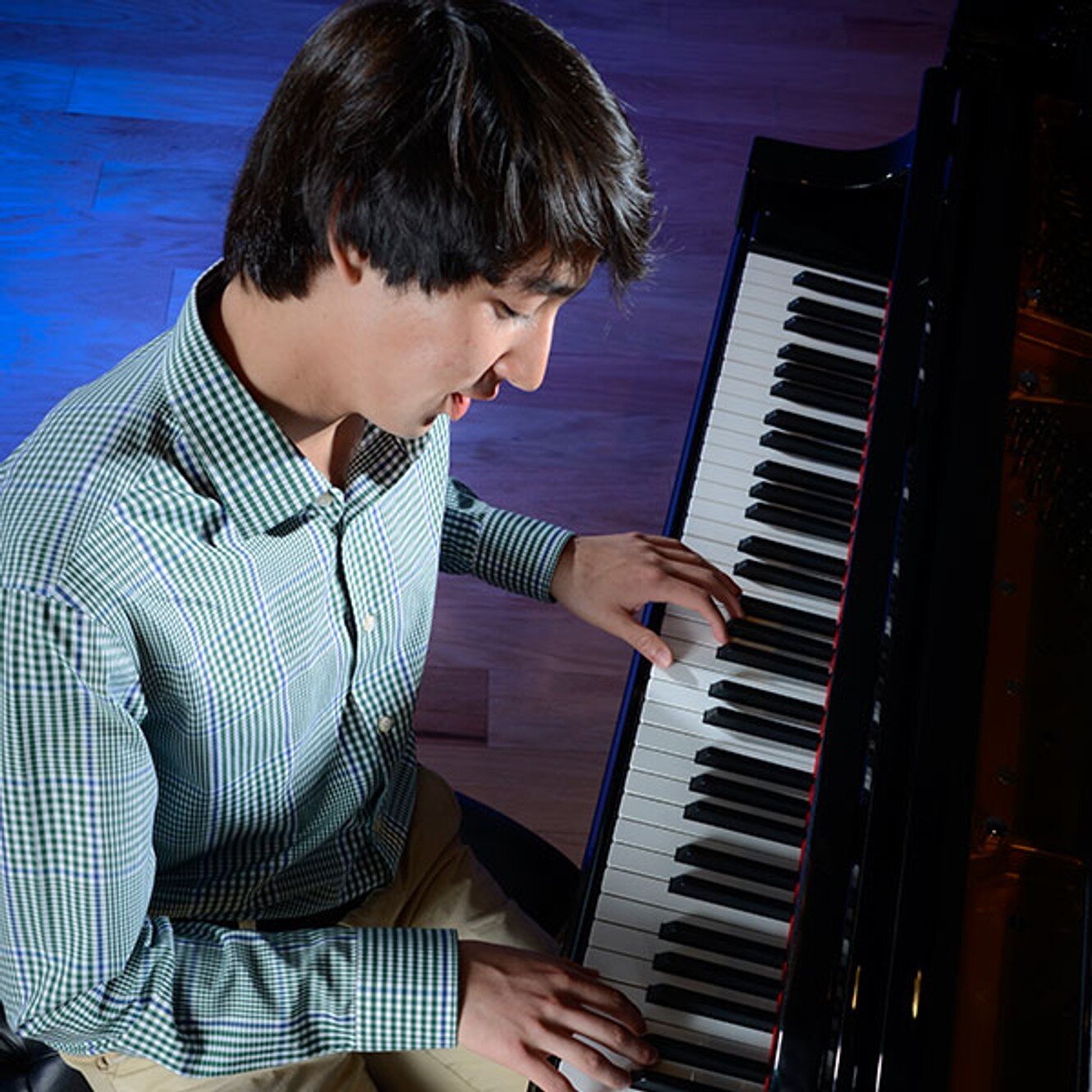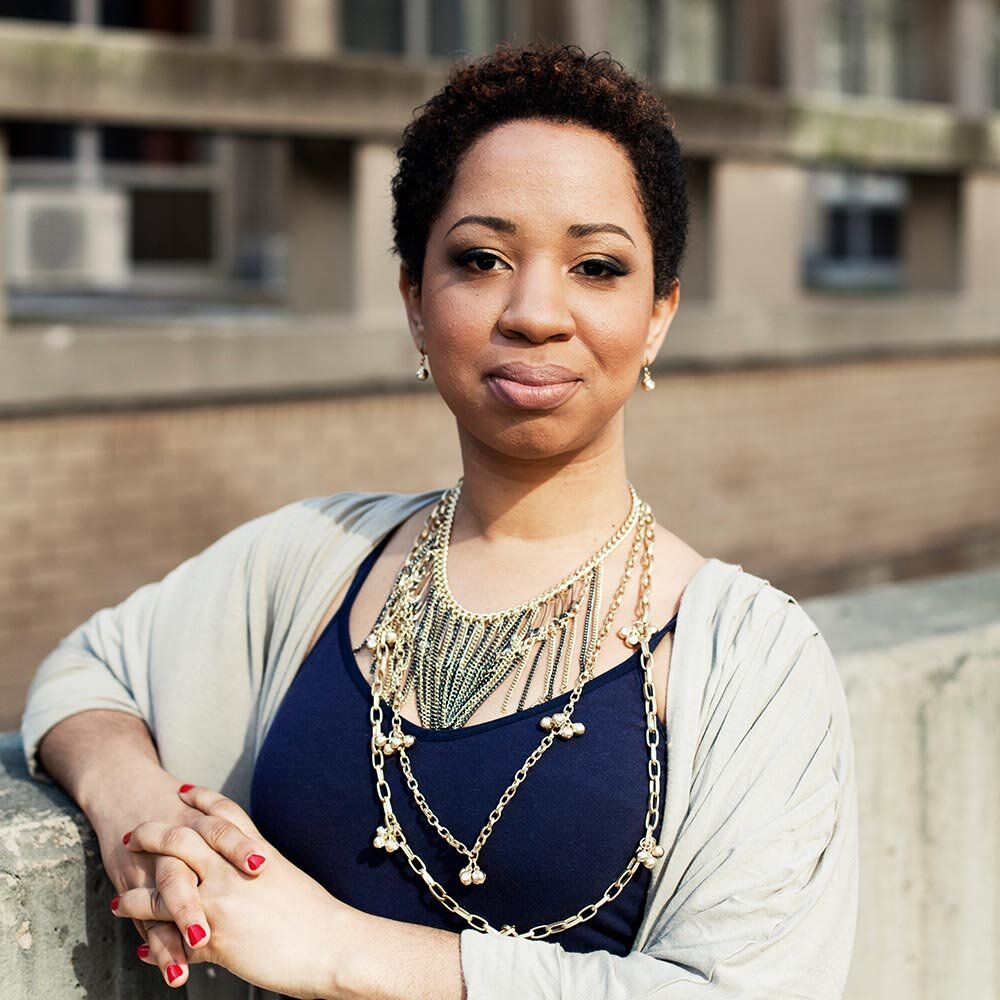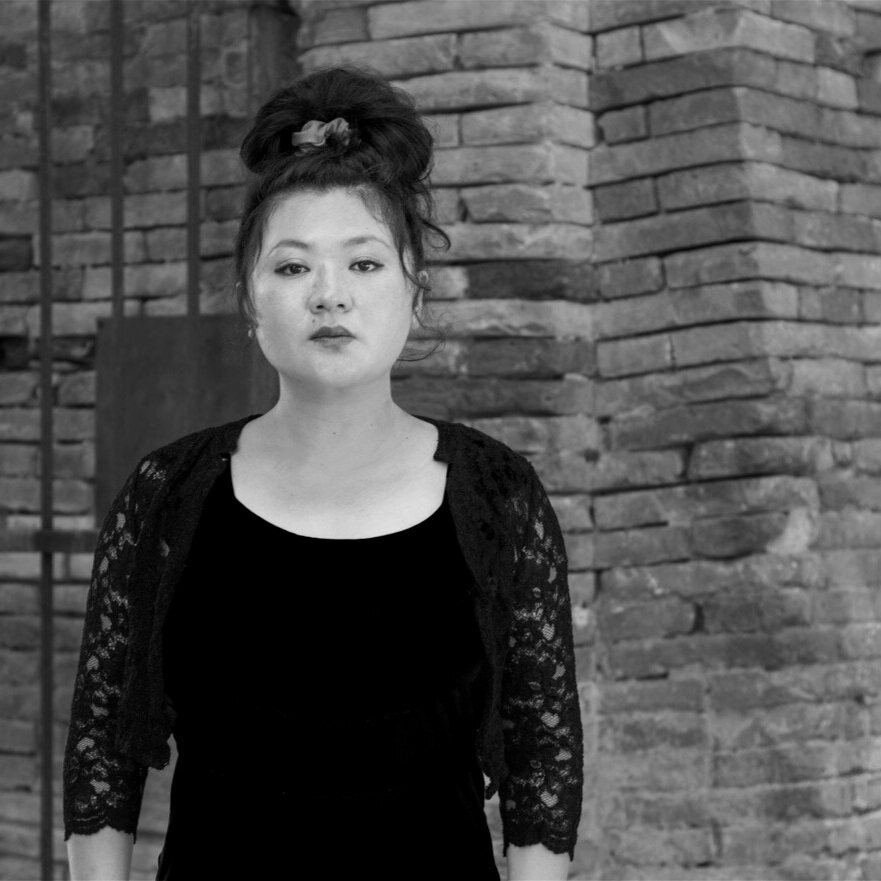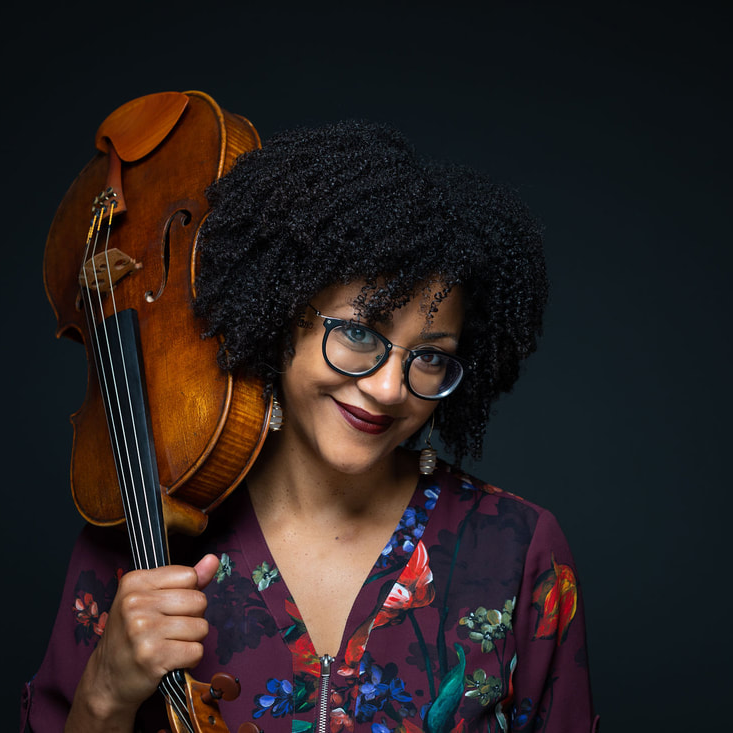Contemporary Music
Picture the last time you heard a piece of new classical music at a symphony orchestra concert. In this memory, the formulaic programming probably started off with a world premiere or recently composed work, followed by a concerto, intermission, and concluding with a major symphonic piece. The audience sat politely through the contemporary work, which consumed 10-15 minutes maximum—a tolerable amount of time to weather any potential unpleasantries—and at the end of the piece, lukewarm applause filled the hall before the audiences exhaled and settled comfortably into their seats, ready to get on with the “good stuff” that they paid to see.
Contemporary music of the past 70 years or so has accumulated a reputation for being subpar and inaccessible compared to works by the “great” composers of the past like Bach, Mozart, and Beethoven. Today’s audiences speak in reverent tones about the genius composers from the past (even though the concept of the “composer genius” is largely a myth), but the truth remains that all music in the Classical music canon was at one point new. The vast majority of orchestral programming in centuries past was newly-composed works, but a recent survey of 120 orchestras in the United States revealed that living composers comprised a mere 16% of all programming in the 2019-2020 season. Recognizing the surge of this trend in the latter half of the 20th century, Leonard Bernstein famously likened symphony orchestras to museums: institutions tasked with upholding historic works of the past, often at the expense of cultivating and supporting the work of the present.
Tolerance for contemporary music often ends with Neo-Classical Stravinsky, or perhaps some folk-tinged Bartok, but this widely agreed upon line drawn in the sand is not arbitrary. It aligns with the academicization of contemporary music at the beginning of the Cold War era as composers retreated from the concert hall and into the arms of a new patronage system: universities with tenured faculty positions.
Composer Milton Babbitt.
One of the most notable examples of this shift in attitude comes from composer Milton Babbitt. I’m the editor of a publication called I CARE IF YOU LISTEN, which is a direct response to Babbitt’s influential 1958 essay, “Who Cares if You Listen?” In this essay, he argues that music theory and composition had ascended to a higher intellectual pursuit on par with advanced mathematics and sciences, which one would not expect the average person to comprehend or appreciate. The complexities of these mid-century compositions range from total serialism—a system designed to hyper control pitch, rhythm, dynamics, articulation, etc., resulting in music with no repetition or discernible patterns—to music created entirely by random chance procedures. Even with three degrees in music and a trained ear, I cannot decipher some of these complex works by ear alone—and though I have learned to appreciate their intricate construction through years of extensive score study and analysis, I admittedly would not have the same appreciation if I were a casual listener.
Despite a deliberate turn back toward accessibility as early as the 1960s and 70s with the birth of Minimalism, contemporary music still carries a stigma. When you say “contemporary music,” people still picture the impenetrable compositions of the 1940s and 50s. However, in our rich and vibrant 21st-century new music scene, there are an abundance of in-roads to discovering new classical music, many of which go beyond the music itself and allow people to connect on an extra-musical level.
Composer Mary Kouyoumdjian.
Representation in the Western Art Music canon has historically been dominated by white male composers, but there are significant efforts in the contemporary music scene to center diverse artistic voices that have been historically marginalized due to systemic inequities. With this increased visibility comes a wider array of contemporary narratives in the concert hall, which reflect the experiences of many different communities across the United States, not just the predominantly white communities whose stories have monopolized our stages for centuries. Composer Courtney Bryan’s 2016 work Yet Unheard sets an original text by Sharan Strange about the death of Sandra Bland, who died in police custody after being arrested during a traffic stop in 2015. In this work, the inimitable Helga Davis gives voice to Bland’s experiences as she reflects on her life, attempts to reconcile the rage exhibited by the arresting officer, and implores the audience to “sing my name.” Composer Mary Kouyoumdjian’s documentary-based approach to music making captures the experiences of those whose lives have been deeply affected by political conflicts, including her own family’s history with the Lebanese Civil War and Armenian Genocide. For her 2016 work, I Can Barely Look, Kouyoumdjian asked members of the Brooklyn Youth Chorus to respond to photos documenting the Syrian refugee crisis and used their responses as the foundation for the text. Performed by the talented young choristers on their album Silent Voices, I Can Barely Look provides an unapologetically honest analysis of a global crisis through the eyes of our youth.
Composer Ellen Reid.
Contemporary operas are highly effective vehicles for exploring difficult yet necessary and culturally significant stories. In my opinion, they are one of the most accessible entry points to discovering new classical music because of the overwhelming number of recognizable elements, including a storyline, characters, costuming, and stage design. With these tangible connections to something familiar, the music becomes one element of a greater artistic whole, and therefore easier to approach. One of the most striking works I have seen recently is composer Ellen Reid and librettist Roxie Perkins’ opera p r i s m, which challenges us to not look away from the aftermath of sexual assault. The score moves from lush post-Romanticism to deafening club beats to the thorny avant-garde as the protagonist pieces together memories fractured by trauma. Other recent operatic examples that come to mind are composer Du Yun and librettist Royce Vavrek’s Angel’s Bone, an allegory for human trafficking that blends Renaissance polyphony with punk rock, and composer Daniel Bernard Roumain and librettist Marc Bamuthi Joseph’s We Shall Not Be Moved, which fuses opera with elements of hip-hop, funk, and soul to tell the story of the 1985 police bombing of a communal living space occupied by the Philadelphia Black liberation group MOVE.
While there are plenty of individual artists drawing our attention to challenging and provocative stories, there are also organizations who have made the centering of marginalized voices essential to their mission and vision. Founded by Ashleigh Gordon and Anthony R. Green, the Boston-based organization Castle of our Skins is a “concert and educational series dedicated to celebrating Black artistry through music.” Their definition of “Black artistry” crosses multiple creative disciplines, and their community-based approach to programming often brings together Black performers and composers, Black artisans, and Black-owned catering businesses at the same event.
Composer Nathalie Joachim.
In addition to the wealth of contemporary works that are telling diverse stories and capturing a wide array of individual narratives, there are artists whose work draws more broadly from their cultural heritage. Nathalie Joachim is largely known in the contemporary music scene as the flutist of eighth blackbird and half of the flute duo Flutronix, but her debut solo album Fanm d’Ayiti explores her Haitian-American roots through arrangements of traditional and popular songs by Haitian women, original music, and recorded interviews. The resulting album for string quartet, voice, flute, and electronics is beautifully genuine, infectiously joyful, and positions Joachim’s creative output in a lineage of influential women artists who paved the way for her.
Tanya Tagaq’s creative practice is also largely informed by a rich history of women carrying cultural practices forward from generation to generation. Her extensive experience as a practitioner of Inuit throat singing, coupled with her advocacy for the preservation and protection of Inuit culture, informed the creation of her string quartet Sivunittinni for Kronos Quartet. Sivunittinni translates the texturally rich practice of Inuit throat singing to string instruments through a variety of extended instrumental techniques. By varying the pressure and angle of the bow on the strings, the string quartet creates the sounds of pitched and unpitched inhales and exhales and deep, hocketed growling.
Finally, there are artists who are not only bringing attention to diverse perspectives, contemporary narratives, and their own cultural heritages, but are also encouraging audiences to make an impact in their communities. Last year, pianist Lior Willinger created a series called Active Listening to unite composers and audiences that care about social justice. Ten composers were commissioned to write a short solo piano work that addressed a social justice issue of their choice, which included the school-to-prison pipeline, the Baltimore Ceasefire movement, the refugee crisis at the border, and racism within academia, among others. Each piece was documented with a high-quality performance video, an accompanying interview with the composer discussing their chosen issue, and a list of ways that listeners could contribute their time, attention, or financial resources to supporting each cause.
Alexander Lloyd Blake, founder of LA-based choir Tonality.
Outlining actionable steps that audiences can take with them beyond the concert hall is one of the main tenets of Tonality’s programming. Founded by Alexander Lloyd Blake, Tonality is a choir based in Los Angeles with a commitment to social justice-centered programming. A particularly moving recent program dedicated to gun violence in America included Joel Thompson’s Seven Last Words of the Unarmed, a work that quotes the last words of unarmed Black men who were killed by the police or other authority figures. Blake suggested in a recent essay that in addition to bringing social justice topics to light through music, programmers should provide concrete next steps for addressing these issues in order to have a measurable impact on our communities.
It is difficult to secure staying power in Classical music history—despite his popularity when he was alive, even J.S. Bach fell out of the canon for a century before his music was revived by Felix Mendelssohn. As audience members today, there is nothing wrong with appreciating the works of the past, but we also owe our contemporary creators a fighting chance to thrive. It is my belief that curious listeners will be pleasantly surprised to discover the variety of offerings in contemporary classical music. By keeping an open mind, we can break the stigma of new music and celebrate a return to accessibility in the 21st century.
- Written by Amanda Cook
Amanda Cook is a Boston-based freelance writer and arts administrator. She is Editor-in-Chief of I CARE IF YOU LISTEN.

